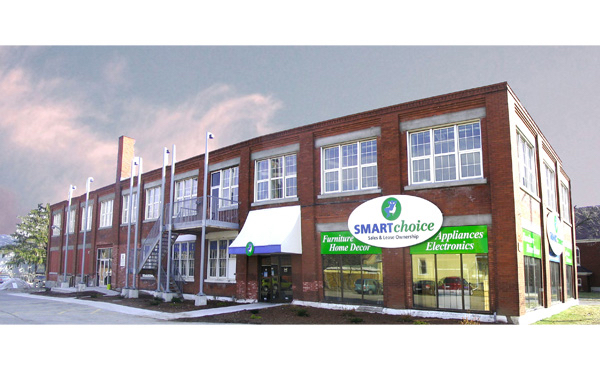Numerous studies over the past two decades have touted the popular phrase “Good Design is Good Business”. But with such an intangible product, how can you know that good design will be “good” for your business?
With all the great things we know design can do for your business (such as increase productivity, reduce turnover, increase sales, reduce building maintenance costs and many more) it can be difficult for designers and firms to understand the reluctance to invest in design. Perhaps you never knew what design can do? Ask Apple. They will tell you.
While the most notable studies on the topic have come out of the U.K, there is increasing recognition throughout the Globe about the connection between design and business success. With all the information available online, finding the answers you need can be daunting, but here’s a bit of an overview.
A 2005 report by the UK Design Council pointed out the main flaw to most reports relating design and business. It states: “All worthwhile plans and projects need to be based on sound evidence.” Most people in considering their business plan fail to account for how good design can benefit them, based on a lack of evidence connecting the two concepts.
In 2007 the same council published the Value of Design - Factfinder Report summarizing the results of two pieces of research, clearly demonstrating the value of design for businesses.
Some of the most remarkable and positive findings include:
- businesses that see design as integral don’t need to compete on price as much as others;
- almost half of all UK businesses believe that, over the past decade, design has become more important in helping them maintain a competitive edge;
- businesses where design is integral to operations are twice as likely to have developed new products and services;
- two thirds of businesses believe that design is integral to future economic performance;
- over two thirds of manufacturers believe its worth investing in design in their sector;
- businesses that add value through design see a greater impact on business than the rest.
There are real life examples of good design resulting in good business in top earning global giants such as Apple, RIM and even Target. Think about the digital media market- Apple continues to dominate despite slightly higher prices for one main reason- quality design that keeps consumers coming back.
Think about the role design played in creating the ‘environments’ in some of the top money earning companies such as Lululemon Athletica, Starbucks, and BMW. All use design to portray their image, and reinforce their corporate brand, all which increases profits = $$$.
Design can help your business convey an image, create an atmosphere and make your company unique in a world of increasing competition. Design is proven to significantly improve sales, profits, and deliver a competitive edge to your business.
Design is what makes your space unique, makes your space functional, and can underpin success. Designers bring the knowledge, creativity and advice that can bring any project to life. Making decisions about projects involves budget, schedule and craftsmanship, and the intersection of these three priorities generates design innovation that can:
- maximize the value of capital investment;
- give you a cutting edge, quality product and service; and
- save you money over the life of the building.
Rather than just creating appealing and original spaces, a well-designed building/space can result in cost savings for any business. Decreasing absenteeism, operational costs, and boosting moral, architecture is proving itself in the post recession world. Creating targeted approaches to the largest costs associated with operating a business such as heating and cooling, design can lower energy consumption and reduce costs.
A recently completed project by the Region of Niagara at its Recycling Centre applied these design based cost savings measures, creating an environmental showcase for the Region and providing a real life example of the benefits of good design. As an innovative solution to both the environmental and economic costs of regulating temperature within the plant, the design team installed solar chimneys, taking advantage of the suns energy to draw and exhaust hot summer air out of the plant, using natural ventilation principals to regulate temperatures and encourage airflow.

Focused on efficiency and reducing operational costs, the re-design of the plant featured efficient lighting, and the installation of skylights resulting in a cost savings of over $12,000 annually. By installing geothermal, the design reduced the requirements for gas fired heaters in the plant by 75% achieving their goal of environmental sustainability, toward a vision for the facility in line with the basic principals of the recycling program which it houses. A major success, the Green Retrofit at the Niagara Recycling Centre acts as an example of innovation, and stands to support the phrase that good design is good business.
Although rarely associated in the minds of most people, architects can provide the design services to help you succeed.
Drawing on extensive experience architects offer services that can maximize the value of your resources to achieve your goals for the present and the future. Offering free sessions to discuss your project, and review a custom design through our ON Target TM packages are available to suit any needs- with no obligations.
The only question to consider in reviewing the literature and resources available is- Do you want to improve your bottom line?
At our office, whenever we want to be reminded of the power of good design for our clients, we call up our contacts at the Independent Living Centre of Waterloo Region, and ask to speak to a new employee. After he’s finished gushing about how wonderful the ILC loft renovation is as a working environment, we can return refreshed to what we do best, helping clients achieve their goals through design!




